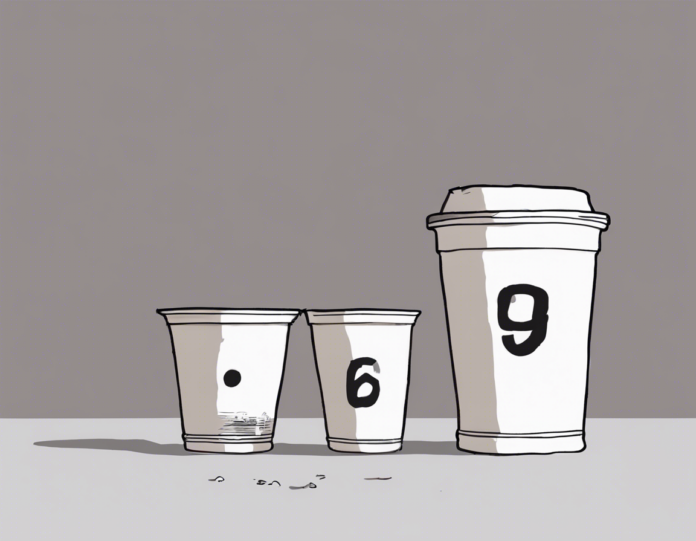In the realm of cooking and baking, accuracy in measurement is crucial. One common unit of volume measurement that often confuses people is the cup. While measuring cups are a staple in kitchens, there is often a need to convert between cups and ounces. Understanding how many ounces in a cup can make a significant difference in the outcome of your culinary creations. In this comprehensive guide, we will delve into the intricacies of cup to ounce conversion, exploring different ingredients and providing useful tips along the way.
The Basics of Measurement: Cups and Ounces Explained
What is a Cup?
A cup is a unit of volume measurement used predominantly in cooking to measure liquid and dry ingredients. In the United States, one standard cup is equivalent to 8 fluid ounces. However, when it comes to dry ingredients, the weight of a cup can vary based on what you are measuring.
What is an Ounce?
An ounce is a unit of weight measurement. In the culinary world, ounces are commonly used to measure both liquid and dry ingredients. One ounce is equivalent to 1/16 of a pound or about 28.35 grams.
Converting Cups to Ounces
The conversion of cups to ounces can vary depending on the ingredient being measured. Below, we will discuss the conversions for both liquid and dry ingredients:
Liquid Ingredients
- Water: 1 cup is equal to 8 fluid ounces.
- Milk: 1 cup is equivalent to 8.4 fluid ounces.
- Broth: 1 cup is equal to 8.3 fluid ounces.
- Oil: 1 cup of oil is around 7.8 ounces.
It is important to note that these are approximate conversions and may vary slightly based on the density of the liquid.
Dry Ingredients
- All-Purpose Flour: 1 cup of all-purpose flour is approximately 4.5 ounces.
- Granulated Sugar: 1 cup of granulated sugar is about 7 ounces.
- Brown Sugar: 1 cup of packed brown sugar weighs around 7.5 ounces.
- Powdered Sugar: 1 cup of powdered sugar is roughly 4.4 ounces.
For accurate measurements, it is recommended to use a kitchen scale when measuring dry ingredients, especially in recipes that require precision.
Tips for Accurate Measurement
- Sift Dry Ingredients: When measuring dry ingredients like flour, it is best to sift them before scooping into the measuring cup to avoid compacting the flour.
- Level Off: To ensure an accurate measurement, use a straight edge like a knife to level off the excess dry ingredients from the measuring cup.
- Use the Right Measuring Cup: There are different types of measuring cups for liquid and dry ingredients. Be sure to use the correct one for accurate measurements.
- Consider Weight: While measuring cups are convenient, weighing ingredients using a kitchen scale provides the most precise measurements, especially for baking.
Frequently Asked Questions (FAQs)
1. How many ounces in a cup of coffee?
A standard cup of coffee is approximately 8 ounces. However, this can vary depending on personal preference and the type of coffee being served.
2. Is a cup a standard unit of measurement?
While the cup is widely used in the United States, it is essential to note that it may not be a standard unit of measurement in other countries. It is always best to refer to specific measurements in recipes for accuracy.
3. How many ounces are there in a half cup?
A half cup is equivalent to 4 fluid ounces or 4.5 ounces in weight, depending on the ingredient being measured.
4. Can I use a liquid measuring cup for dry ingredients?
While it is possible to use a liquid measuring cup for dry ingredients, it is more accurate to use a dry measuring cup for precise measurements, especially with ingredients like flour and sugar.
5. How many ounces are in a quarter cup?
A quarter cup is equivalent to 2 fluid ounces or approximately 2.25 ounces in weight, depending on the ingredient.
In conclusion, understanding the conversion between cups and ounces is essential for successful cooking and baking. By familiarizing yourself with the different measurements for liquid and dry ingredients, adopting proper measuring techniques, and considering the tips provided, you can elevate your culinary skills and create delicious dishes with precision and accuracy.

